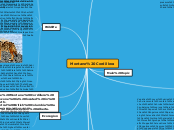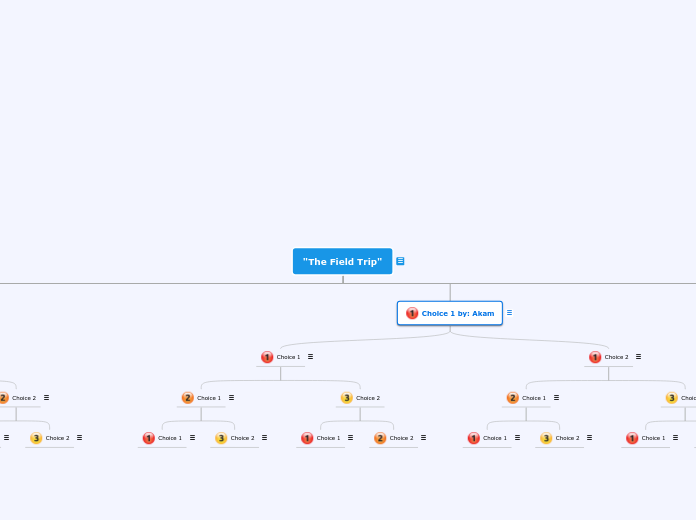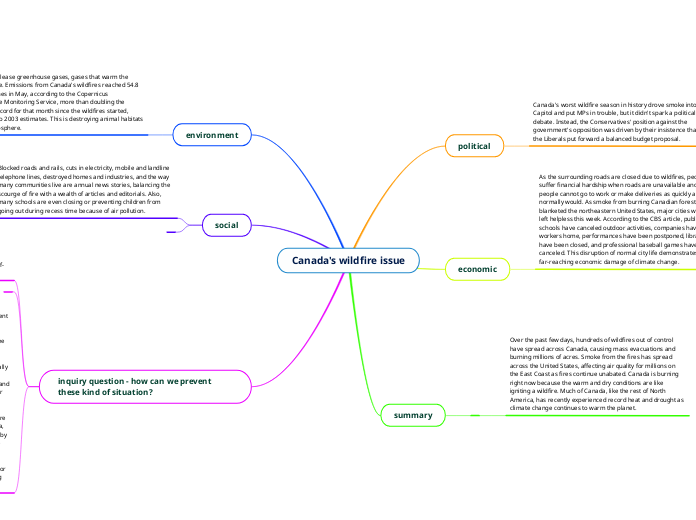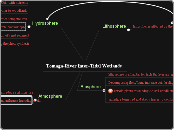par Hamdard Susan Il y a 6 années
461
Montane Cordillera
The Montane Cordillera exhibits a diverse vegetative cover, with plant species varying significantly by elevation. Alpine environments are home to herbs, lichen, and shrubs, while subalpine regions feature tree species such as alpine Fir and Engelmann Spruce.









